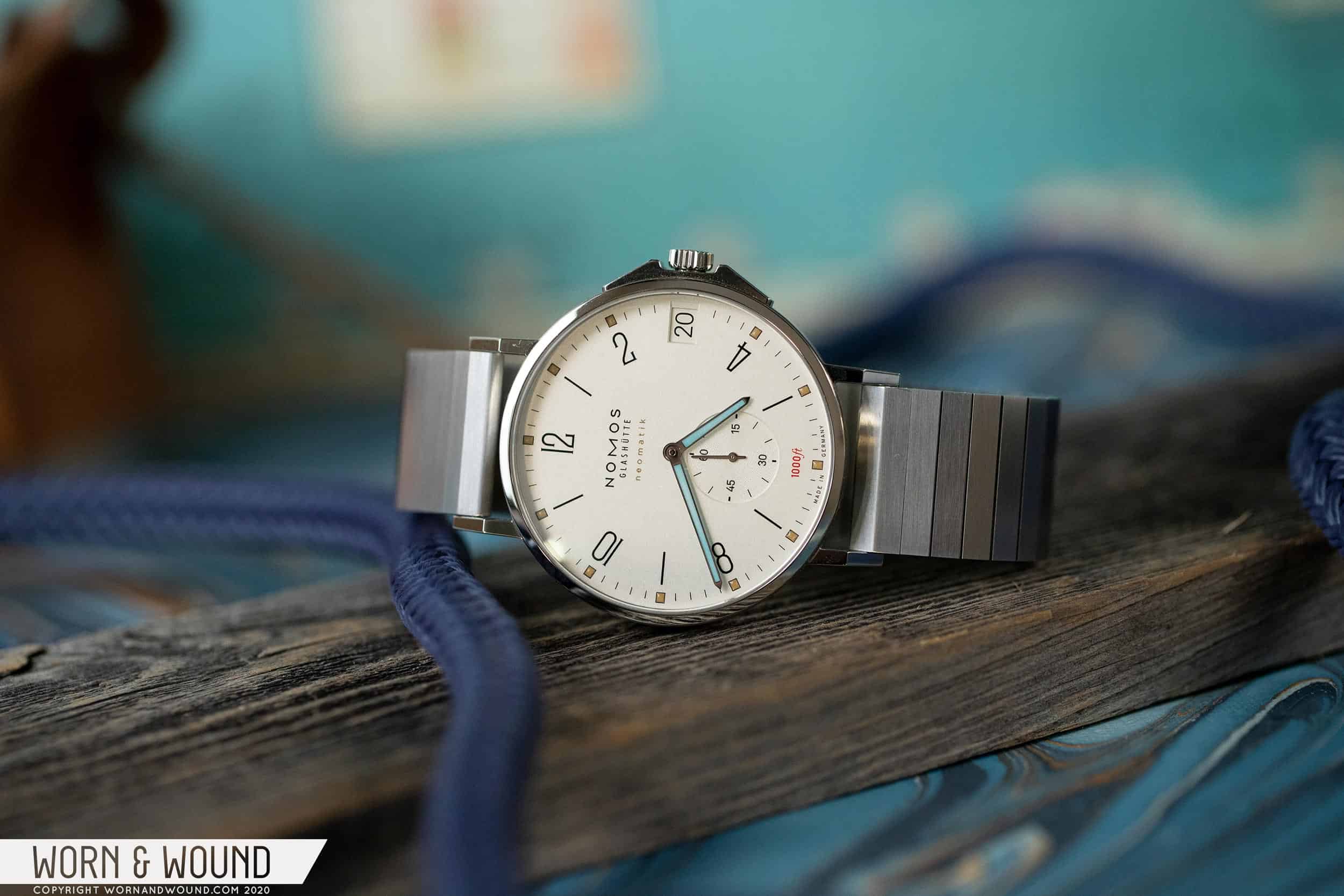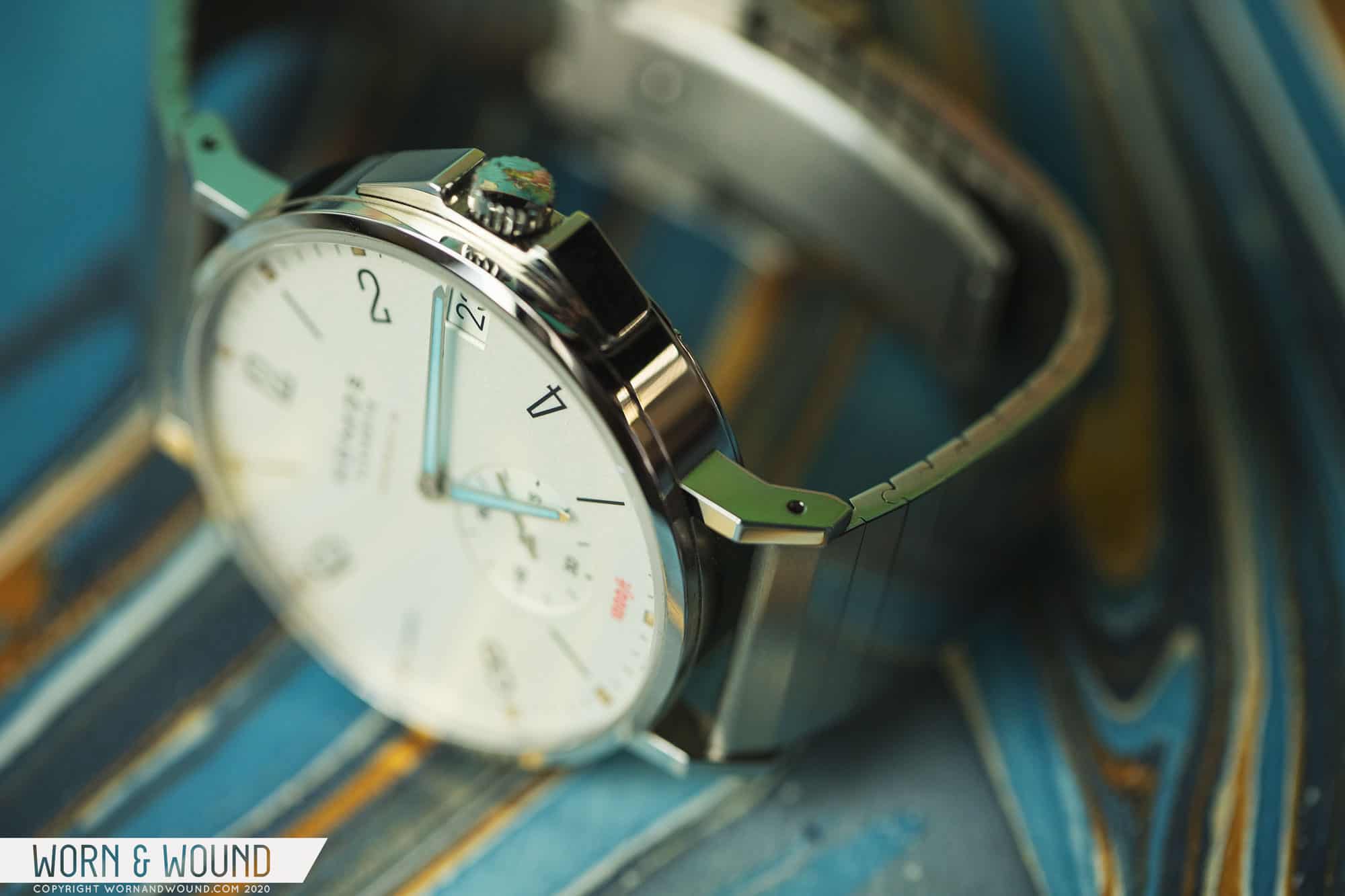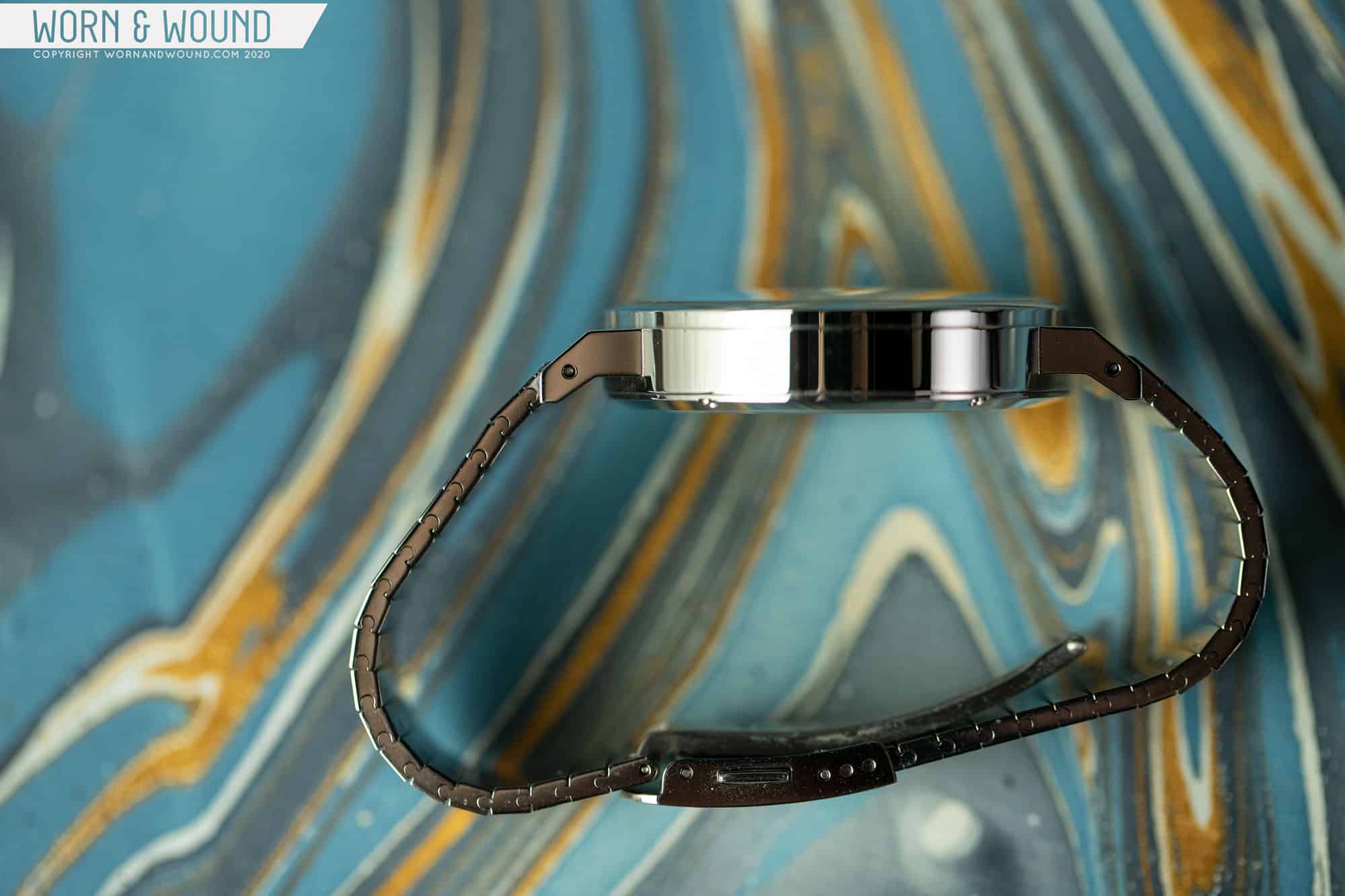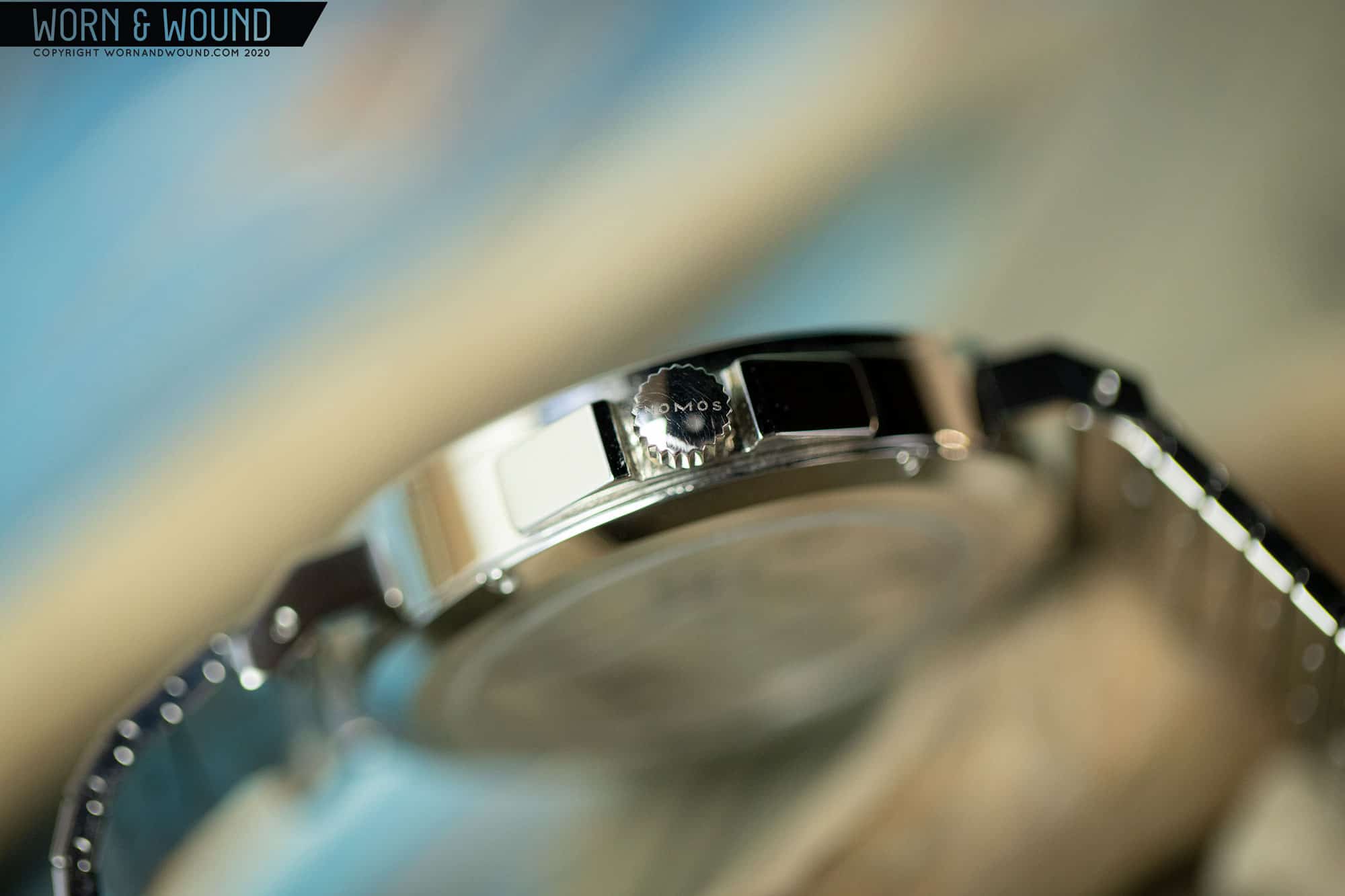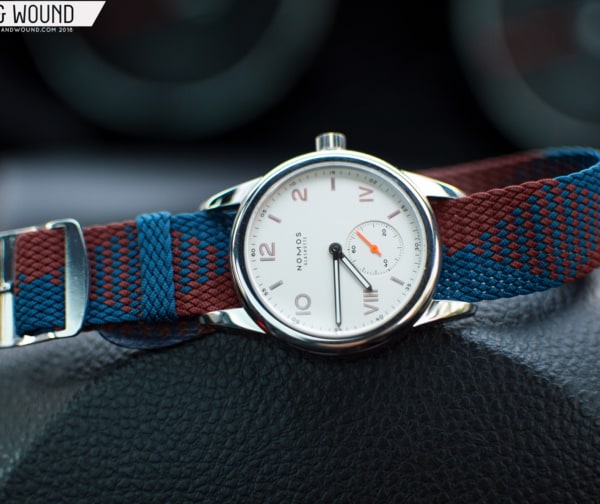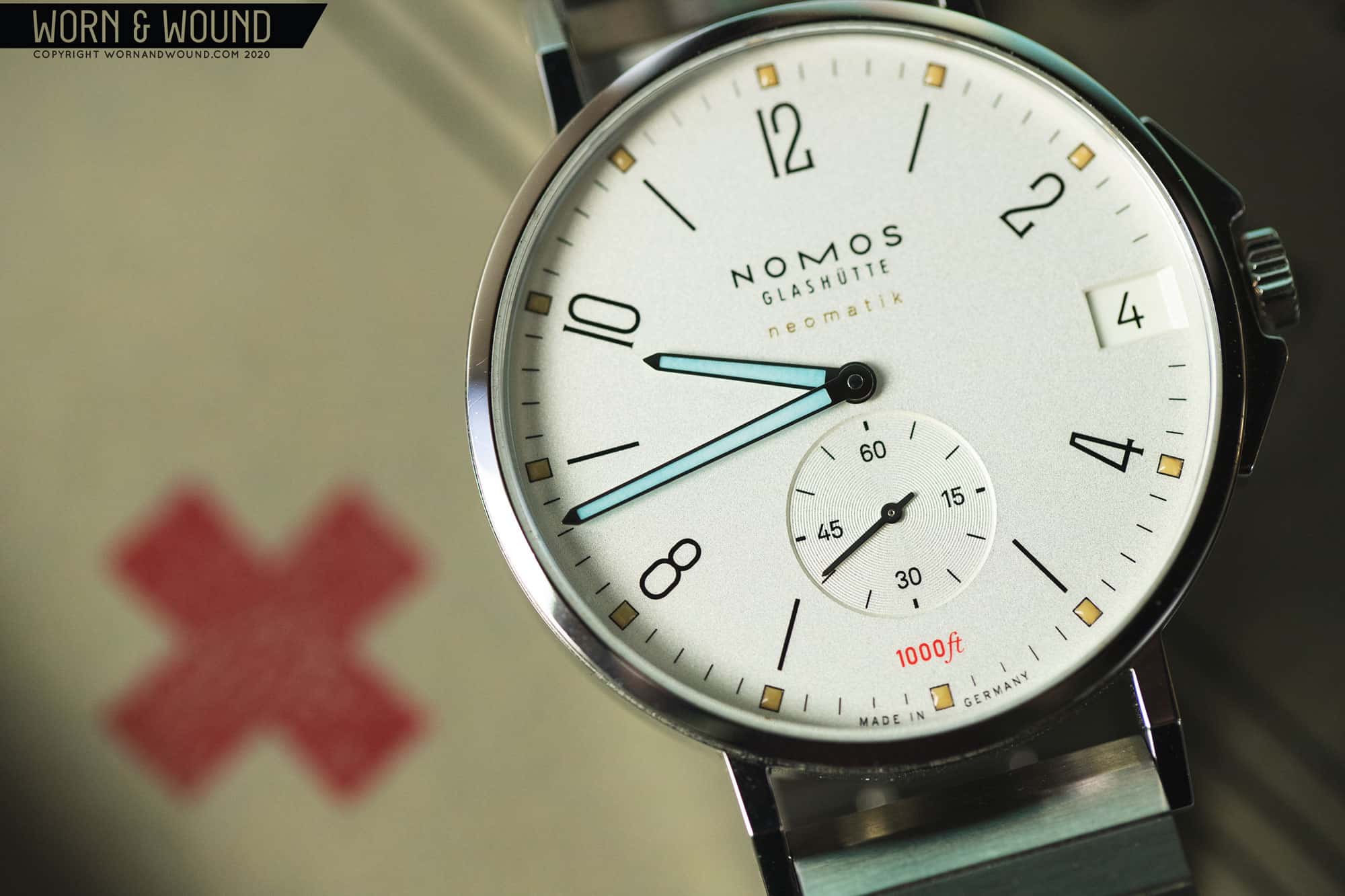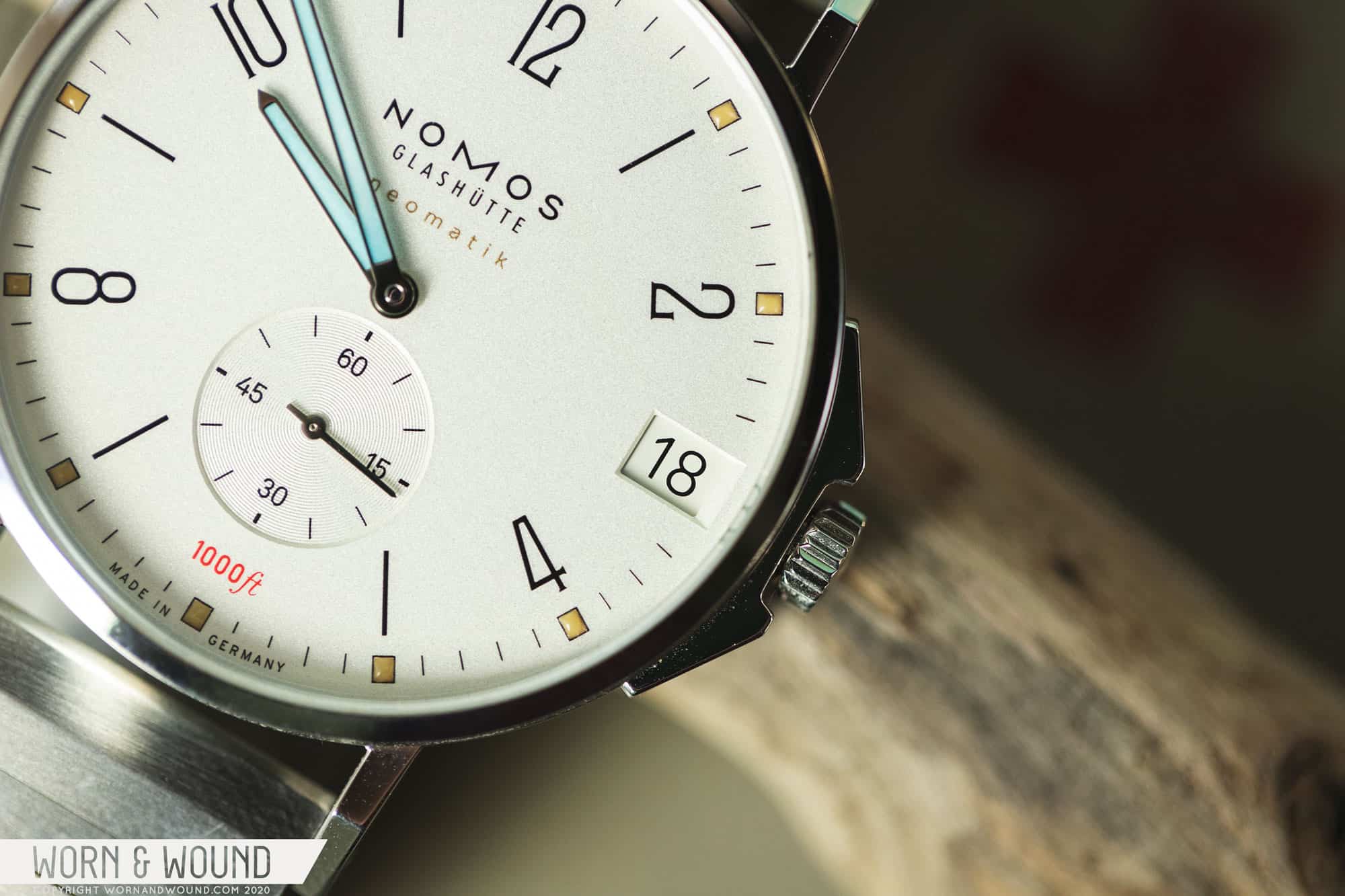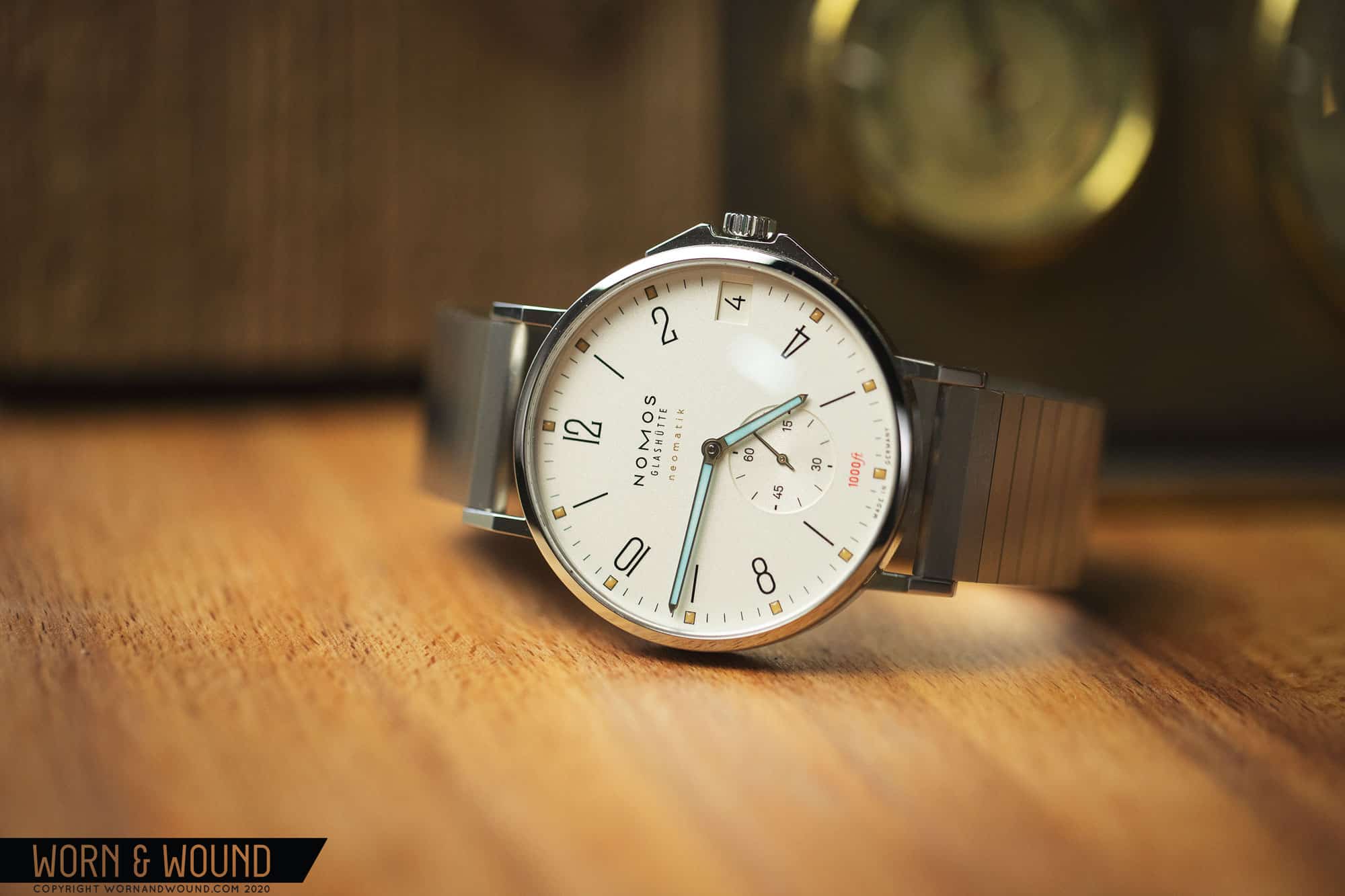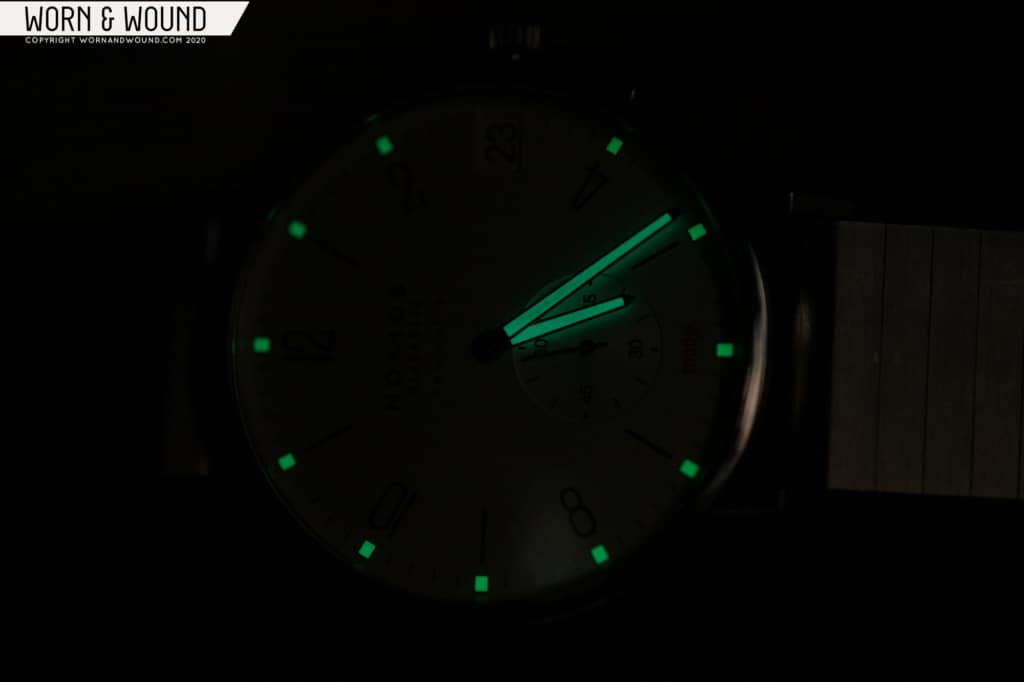When I think of Nomos, elegant, minimal watches in the 35 to 39mm range come to mind. Watches that are rich in detail, yet modest in attitude and timeless in style. Watches meant for people – well, like me. People with an affinity for design, an appreciation of mechanical watches, and needs that don’t really go beyond the modern urban experience. To qualify this last statement, I mean watches that are meant to be worn to the office, but aren’t too fussy to be worn to a beer garden. Watches that look great with jeans, and with formal attire too. Watches that aren’t rugged like a dive or tool watch, but don’t need special care either. With watches being sorted into more and more sub-categories, it’s easy to forget that the everyday watch was once a simple thing. Nomos watches are the modern version of that idea.
So in 2019 when, at Basel World, Nomos released a series of 42mm “sports” versions of their Tangente and Club watches with 1000ft water resistances that built on already ever-increasing diameters, I was a bit perplexed, and frankly disappointed (something I didn’t hide in our podcast.) To be fair, the watches themselves were attractive, as all Nomoses are, but I didn’t get the why. Why is this brand I associate with subtle, sophisticated, design-driven watches playing the diameter and depth game? If it’s because they are trying to satisfy customer demand, which is entirely plausible, then why not develop a new line, rather than inflate the Tangente and Club once again? I mean, at 42mm with 1000ft (or 300m) water resistance, you’re in modern dive watch territory, and who doesn’t want to see what Nomos would do with a bezel?
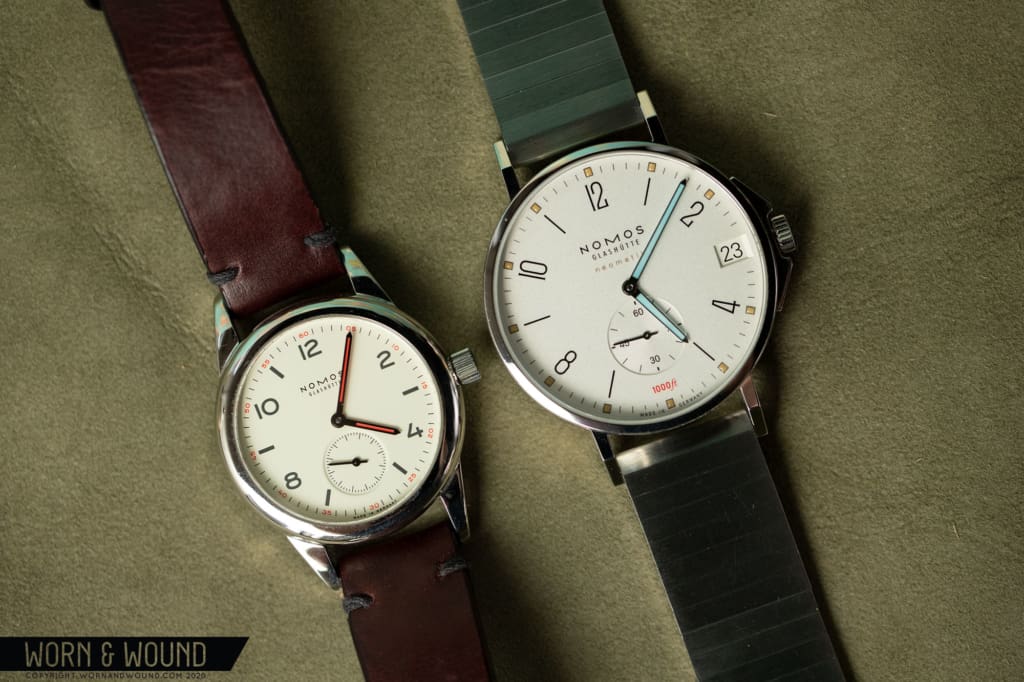
There was another issue, and that was the price. While Nomos has never made “cheap” watches, part of their appeal always was the value they offered. Starting around $1,500, you could get into Nomos’ in-house horology with a hand-cranked Club (that’s what I did), and then make your way if you chose to the top-tier Zürich Weltzeit, an automatic worldtimer for (now) just over $6,000. Over the years, their watches have slowly but surely crept up in price, which has coincided with the development of their thin in-house “neomatik” calibers, but with these new sports watches, they lept. At $4,980, the Tangent Sport is now officially quite expensive, and compared with the competition that has popped up over the last few years, I’m looking at you Black Bay 58, of less clear value.
But that was 2019, and now, a year later, I’ve cooled off and decided that I should put my assumptions aside, and actually try one of these watches out. After all, the designers at Nomos are very talented, and up to this point, I don’t think I’ve tried a Nomos that hasn’t charmed me in the end. So, I’ve strapped one on – well buckled the new bracelet to be exact (more on that later) – and wore it for a few weeks. What do I think now? Read on.









 Featured Videos
Featured Videos




